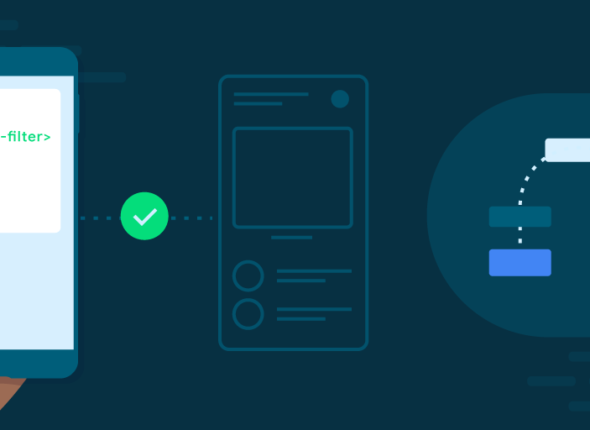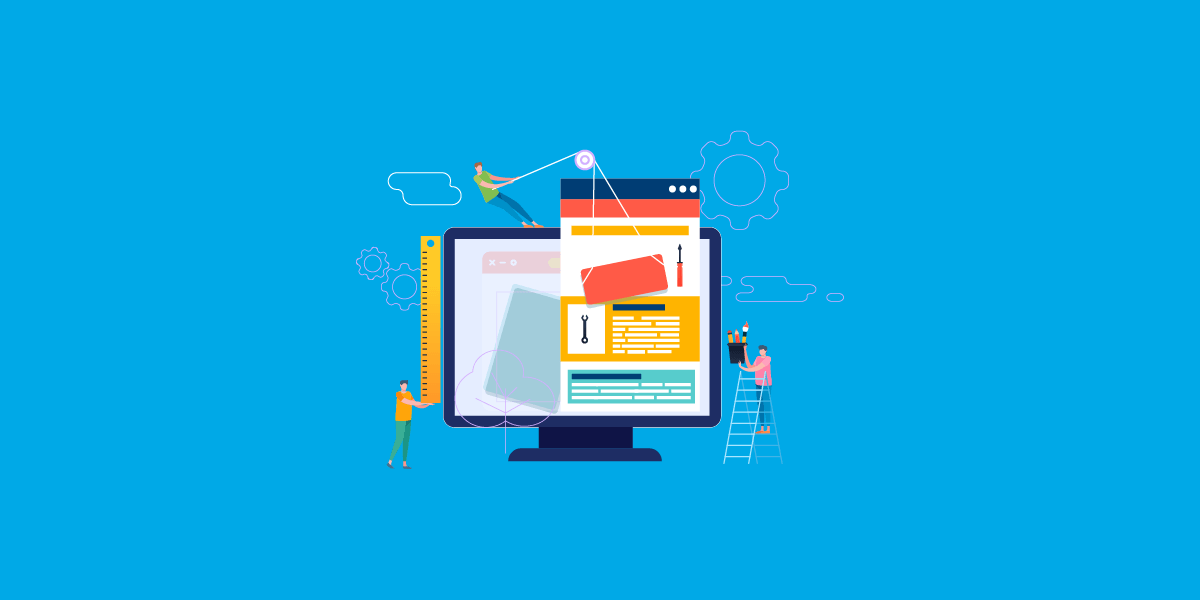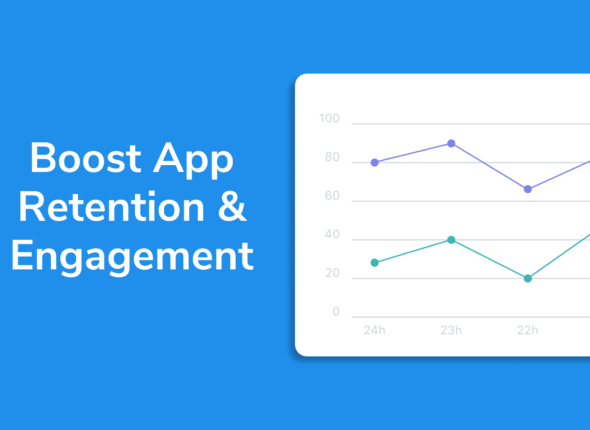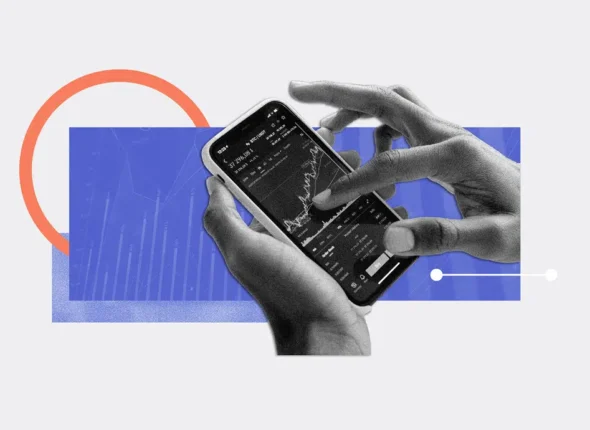Anyone can come up with an app idea. But your mobile app ideas alone probably won’t be enough to pitch investors or impress company stakeholders.
Creating an app prototype will give you a significant advantage in these scenarios.
When you create prototypes, it shows potential partners, investors, and stakeholders that you’re serious about the project. It also gives everyone an opportunity to see the look and feel of your software development project instead of just reading words on a page or hearing you talk.
Mobile App Prototype
A mobile app prototype is an early, interactive model of a mobile application designed to visualize and test the app’s functionality, user interface, and overall user experience before the full development begins. Prototypes can range from simple sketches or wireframes to more advanced, clickable versions that simulate the app’s flow and features.

Benefits of App Prototyping
There are lots of different advantages to prototyping in the development process. Let’s take a closer look at the top reasons why you should create a prototype:
- Fast Iterations — Even if you already have a clear vision of your app concept, prototypes let your team cycle through multiple drafts and versions of the idea before writing any code. This helps with quick iterations during the planning stages and even helps validate ideas.
- Improve Clarity — Prototypes help get your entire development team on the same page. They align the creative ideas with the designers, developers, project managers, and stakeholders. You can even use early prototypes to get quick feedback before proceeding with user testing or more advanced market research.
- Enhanced Selling — For those of you taking your app idea to an investor pitch in an effort to receive funding, a prototype will help you stand out. It’s tough for prospective investors to pour money into an idea without knowing what the final product will look like. In addition to selling your ideas to investors, you can also use a prototype for selling your idea to your board of directors or even prospective customers.
- Low Risk — Creating a prototype gives you the opportunity to fail early with virtually no risk. During the prototyping process, you and your team may realize that the idea isn’t very practical and won’t turn out the way you initially envisioned. It’s much better to come to this realization at this stage when there’s very little investment in the project.
Key Aspects of a Mobile App Prototype:
- Visual Representation: It provides a visual layout of the app’s screens, showing how elements like buttons, menus, and images will appear.
- Interactive Elements: Prototypes often include clickable areas that allow users to navigate between screens, simulating the user experience.
- User Flow Simulation: They demonstrate the intended user journey, showing how a user would move through the app from one function or screen to another.
- Feedback Tool: Prototypes are used to gather feedback from stakeholders, designers, and potential users to identify and fix usability issues before development.
- Cost-Effective: Building a prototype is less expensive and time-consuming than developing the full app, making it a valuable step in refining the concept.
Creating apps is no less than creating art.
Learn no code app development with Appbanao.
How to Make a Mobile App Prototype
Creating a mobile app prototype involves several key steps, from initial planning to using specialized tools to bring your idea to life. Here’s an overview of the process:
1. Define Your Concept and Objectives
- Identify the Purpose: Clearly outline the app’s primary function and the problems it will solve for users.
- Target Audience: Understand who will use the app and tailor the design to meet their needs.
2. Research and Analyze
- Market Research: Study existing apps in your niche to identify trends, features, and gaps in the market.
- User Personas: Create user personas to better understand the needs, preferences, and behaviors of your target audience.
3. Sketch Your Ideas
- Paper Sketches: Start with basic sketches on paper to outline the app’s layout, key screens, and user flow.
- Wireframes: Create more detailed wireframes that map out the structure of each screen, focusing on layout and navigation without worrying about colors or styles.
4. Choose the Right Prototyping Tool
- Tools: Use digital tools like Figma, Adobe XD, Sketch, or InVision to create your prototype. These tools allow you to design interactive, clickable prototypes that simulate the app experience.
- Low-Fidelity vs. High-Fidelity: Decide whether to start with a low-fidelity prototype (basic functionality and design) or a high-fidelity one (detailed design and interactive elements).
5. Design the User Interface (UI)
- UI Elements: Design the visual elements of your app, including buttons, icons, menus, and typography, ensuring they align with your brand and user needs.
- Consistency: Maintain a consistent design language across all screens to create a seamless user experience.
6. Create Interactive Elements
- Clickable Areas: Add clickable elements to your prototype that allow users to interact with the app, such as buttons, links, and swipe actions.
- User Flow: Ensure the user flow is logical and intuitive, allowing users to navigate through the app as they would in the final version.
7. Test and Iterate
- User Testing: Share the prototype with potential users, stakeholders, and team members to gather feedback on usability and design.
- Refinement: Based on the feedback, make necessary adjustments to improve the user experience and address any issues.
8. Present the Prototype
- Stakeholder Review: Present the prototype to stakeholders, showcasing how the app will function and highlighting key features.
- Feedback Loop: Use this opportunity to gather more feedback and make final tweaks before moving to the development phase.
9. Prepare for Development
- Documentation: Document the prototype, including notes on user interactions, design decisions, and any specific requirements for the development team.
- Handoff: Share the prototype and documentation with developers, ensuring they understand the design and functionality expectations.
Purpose of Mobile App Prototype
A mobile app prototype serves as an early, interactive model of the app, allowing designers, developers, and stakeholders to visualize the concept, test the user experience, and identify issues before full development. It facilitates gathering feedback, saves time and costs by resolving problems early, and guides the development process. Additionally, it aids in communication and collaboration among team members and can be used to showcase the app’s potential to investors or stakeholders.

Tips for Reducing App Load Time and Memory Usage
In today’s fast-paced digital world, users expect mobile apps to perform flawlessly, load quickly, and...
- October 17, 2024
- Com 0




